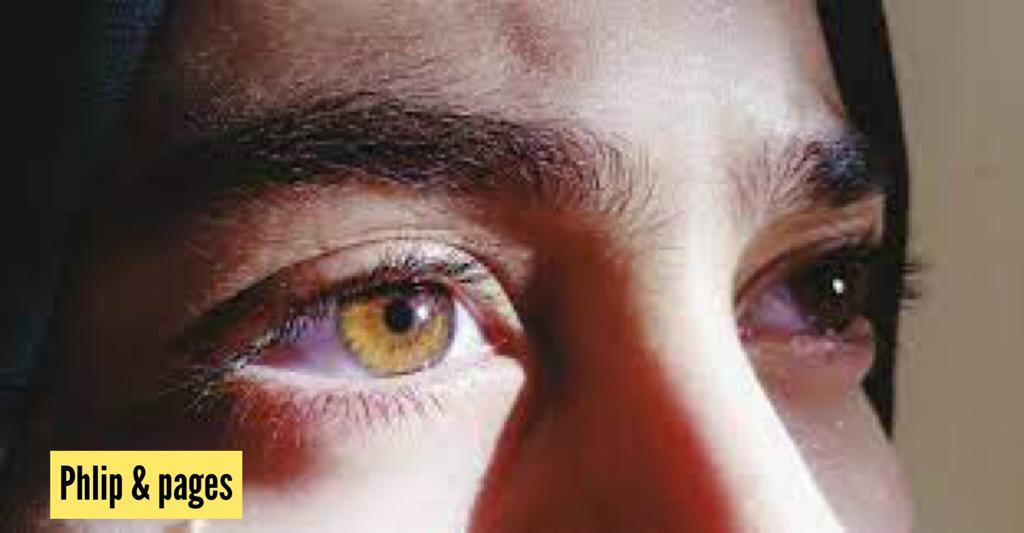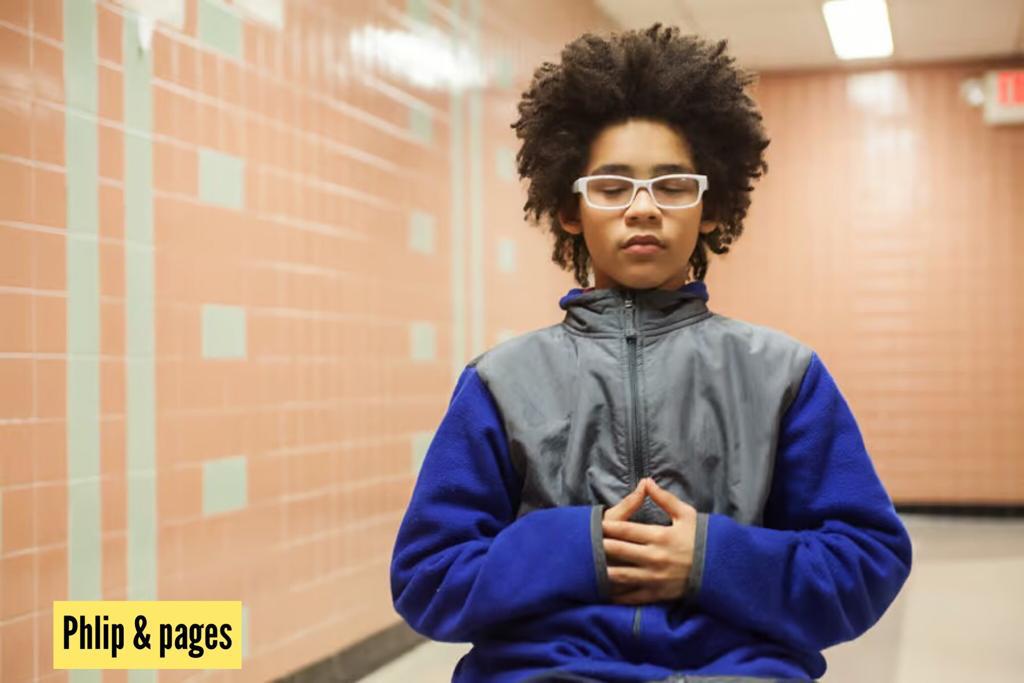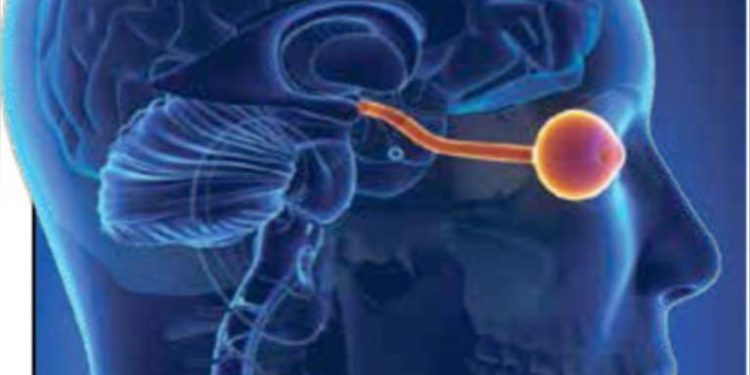The connection between vision and mental health is a fascinating area of research that sheds light on the profound impact our visual experiences can have on our emotions, stress levels, and overall mental well-being. In this article, we will delve into the links between vision and mental health, exploring how certain visual experiences can significantly influence our psychological state.
Visual Experiences and Emotions

Our visual experiences play a crucial role in shaping our emotions. Different colors, patterns, and images can elicit specific emotional responses. For example, vibrant colors like yellow or orange may evoke feelings of happiness or energy, while cool blues or greens might be calming or soothing. Negative visual stimuli such as disturbing images can trigger fear or anxiety.
Stress Levels and Visual Environment

The visual environment we surround ourselves with has an impact on our stress levels. Cluttered spaces filled with excessive stimuli can overwhelm the brain’s processing capacity leading to increased stress levels.Visual clutter competes for attention in the brain,making it harder to focus,and potentially contributing to restlessness or irritability.In contrast,a clean,and organized space promotes calmness and helps reduce stress.
Impact of Natural Environments
Nature-based visuals have been found to have positive effects on mental well-being.Exposure to natural environments,such as parks or greenery,reduces stress levels and improves mood.Research suggests that viewing nature scenes activates areas in the brain associated with relaxation and reduces activity in the regions linked to stress response.Nature-based visuals help restore cognitive resources,enabling better concentration,focus,and overall mental rejuvenation.
Role of Lighting on Mood

Lighting conditions also affect our mood.Dim lighting may contribute to feelings of melancholy or fatigue.Conversely,bright light can boost alertness and elevate mood.Adequate exposure to natural daylight has been shown to positively impact mental health and regulate our circadian rhythm.Regulating lighting environments in indoor spaces can help maintain a healthy balance and promote positive mental well-being.
Vision, Stress, and Mental Health Disorders
Vision problems can contribute to increased stress levels and may even be linked to certain mental health disorders. Uncorrected visual impairments or eye conditions like astigmatism or strabismus can cause eyestrain, headaches,and difficulty focusing.These symptoms can lead to heightened anxiety,stress,and even depression.Addressing vision issues through regular eye exams and appropriate corrective measures is essential for maintaining optimal mental well-being.
Mindfulness Practices in Vision Care

Mindfulness practices have gained recognition for their positive effects on overall mental health.They can also be applied to vision care.Mindful observation of visual stimuli,such as appreciating the beauty of nature or engaging in art therapy,focuses attention,reduces stress,and promotes relaxation.This mindful approach helps cultivate an enhanced mind-eye connection that supports both vision health and mental well-being.
Conclusion
The intricate relationship between vision and mental health highlights the profound influence our visual experiences have on our emotional state,stress levels,and overall psychological well-being.Visual stimuli play a significant role in shaping emotions,while the quality of our visual environment impacts stress levels.Nature-based visuals,balanced lighting conditions,mindfulness practices,and addressing vision problems all contribute to fostering a healthier mind-eye connection.By recognizing these connections,we can prioritize both our vision careandmentalhealthsupporttoenhanceouroverallwell-being
















